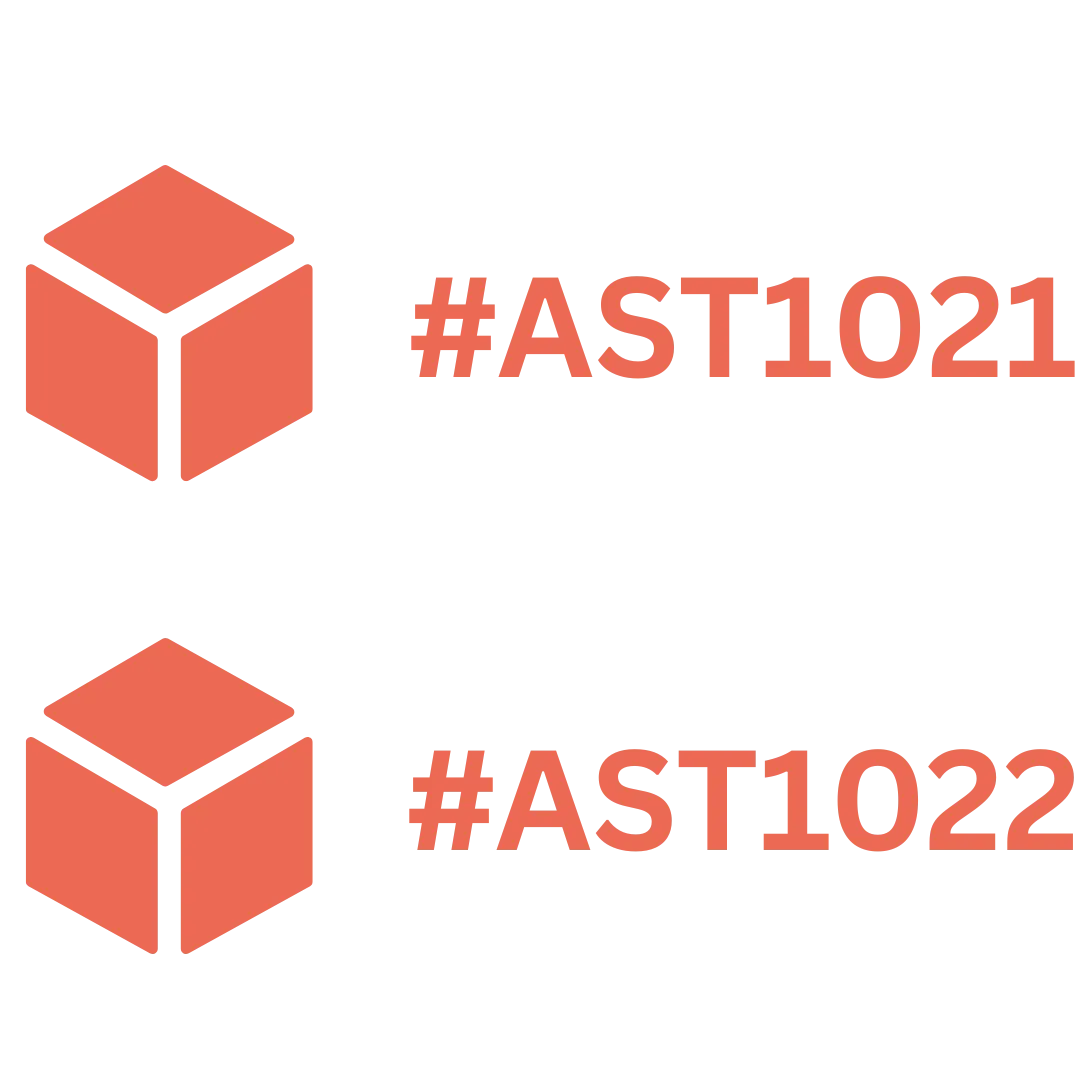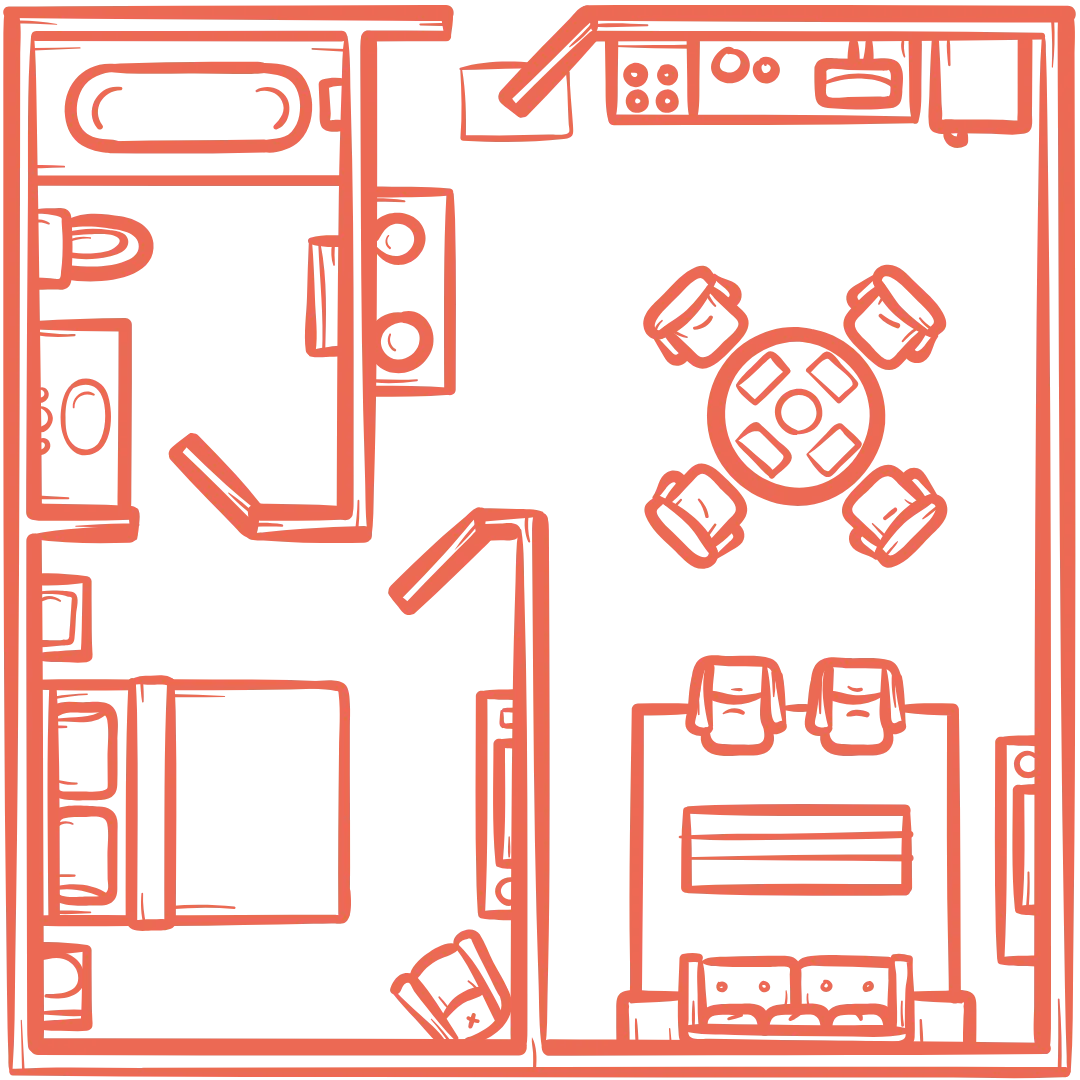Asset management is a crucial aspect of any manufacturing operation. Without proper management of equipment and materials, production can grind to a halt, leading to costly delays and downtime. Traditionally, asset management in manufacturing has been a manual process, with workers manually tracking assets using spreadsheets or other paper-based systems. However, with the advent of RFID technology, asset management in manufacturing has been revolutionized, making it easier, more efficient, and more cost-effective.
RFID (Radio Frequency Identification) technology uses electromagnetic fields to automatically identify and track tags attached to objects. RFID tags contain a microchip and an antenna that allow them to communicate with RFID readers. When a reader sends a radio signal to an RFID tag, the tag responds with its unique ID number, allowing the reader to identify and track the object to which the tag is attached.
In manufacturing, RFID technology is being used to track assets throughout their lifecycle, from acquisition to disposal. By using RFID tags, manufacturers can automate the asset tracking process, reducing the need for manual data entry and increasing accuracy. This leads to improved visibility into asset locations and usage, better utilization of assets, and reduced asset loss.
Here are some of the ways RFID technology is revolutionizing asset management in manufacturing:
- Real-time asset tracking
RFID technology allows for real-time asset tracking, giving manufacturers up-to-the-minute information on asset locations and usage. This real-time visibility allows manufacturers to quickly locate assets when they are needed, reducing downtime and increasing productivity. Additionally, real-time tracking allows manufacturers to monitor asset usage, identifying assets that are being underutilized or overutilized, and optimizing asset allocation accordingly.
- Improved inventory management
RFID technology can be used to automate inventory management, reducing the need for manual data entry and minimizing errors. By using RFID tags to track inventory levels, manufacturers can quickly and accurately determine the location and quantity of assets, reducing the risk of stockouts and overstocking. This leads to improved inventory management, reduced waste, and lower inventory holding costs.
- Reduced asset loss
RFID technology can help manufacturers reduce asset loss by providing real-time visibility into asset locations and usage. This allows manufacturers to quickly identify missing assets and take action to recover them. Additionally, RFID tags can be used to deter theft by alerting security personnel when tagged assets are removed from designated areas without authorization.
- Streamlined maintenance management
RFID technology can be used to streamline maintenance management by automating the maintenance tracking process. By attaching RFID tags to assets, manufacturers can track asset maintenance history, schedule preventative maintenance, and automatically generate work orders when maintenance is required. This leads to improved asset reliability, reduced downtime, and increased asset lifespan.
- Improved regulatory compliance
RFID technology can help manufacturers improve regulatory compliance by providing accurate and timely data on asset usage and maintenance. This data can be used to ensure compliance with regulatory requirements, such as maintenance schedules and inspection requirements. Additionally, RFID tags can be used to track hazardous materials, ensuring that they are stored and transported in accordance with regulatory requirements.
In conclusion, RFID technology is revolutionizing asset management in manufacturing by providing real-time visibility into asset locations and usage, improving inventory management, reducing asset loss, streamlining maintenance management, and improving regulatory compliance. By using RFID technology, manufacturers can optimize asset utilization, reduce downtime, and increase productivity, leading to a more efficient and profitable operation.

















































.webp)
.webp)
.webp)
.webp)
.webp)
.webp)
.webp)
.webp)
.webp)

.svg)




.webp)
.webp)











































.png)




.webp)



















